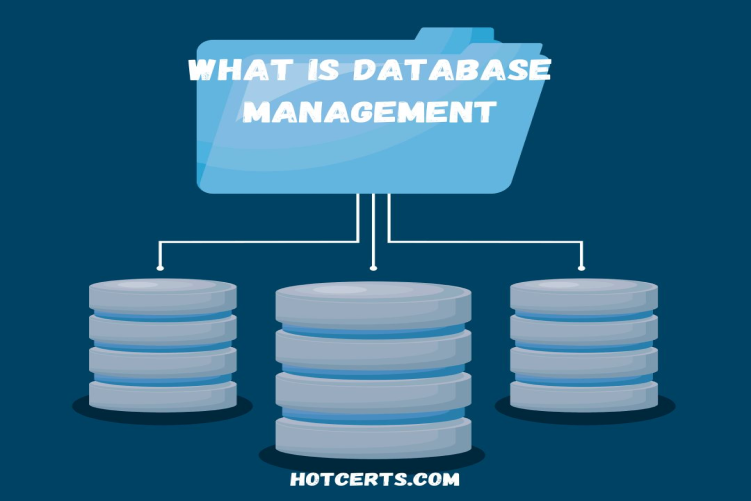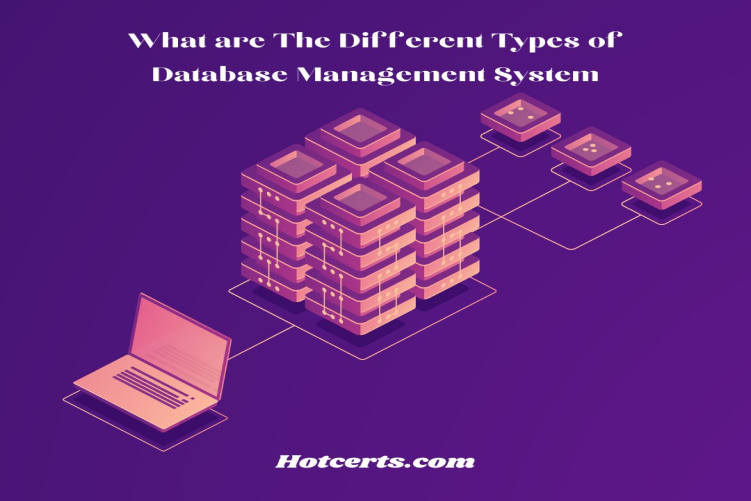Database Management and its Types
In today’s world, every firm’s or organization’s data is usually stored in online platforms or cloud storage. However, database management is necessary to keep online data secure and well-managed. It is imperative to know about the appropriate management of a database system from which you can organize your online data in a manner that you have full access to the data and it is secure enough. With database management, every organization can boost their full access to their data and assist the end users all over the organization in sharing the data.
Database management is not a single entity; instead, it is a set of actions (and, in some cases, a devoted system) that governs business data throughout its lifecycle. Businesses have discovered that a database management system is essential in altering this influx to protect poor application efficiency and decrease any impact on compliance and continuity.
Keep reading the article to learn more amazing facts about the database management system and its essential types.
What is Database Management?
A database management system (DBMS) is a software-defined program that handles databases, whereas database management is a set of standards. Microsoft Access and FileMaker Pro are two popular database management systems. Users in this system have access to the data in a database and can read, upgrade, create, and remove data as needed. A database management system acts as an interface, allowing end users to access their datasets and arrange and use the information as required.
A database management system maintains the data, the engine that enables users to access the data in the database, and the SQL relational database management system, which is the database’s organizational structure. A DBMS provides security and data integrity when used together. Still, some systems offer automated reversals and restarts, logs, and audit activity within such a database. Big data has stored in database management software like SQL server management studio.
Let’s explore the different types of the database management system.
What are the Different Types of Database Management System?
There are numerous types of database management system. Here are the 6 typical DBMS or database management types you must know about.
Hierarchical Databases
Data usually store in a parent-child relationship device in a hierarchical database management system (DBMS) model. Aside from actual data, records in a hierarchical database also hold information about their organizations of parent/child connections.
Data organizes into a tree-like structure in a hierarchical database model. The information stores typically in a collection of fields, each with a single value. The records connect via parent-child relationships. Each child record in a hierarchical data model has only one parent. A parent may have more than one child.
Relational Databases
The relationship between data in a relational database management system (RDBMS) is relational, and data is stored in the tabulated form of rows and columns. A table’s columns represent attributes, and each existing system is a record. A table’s fields each represent an input value.
SQL is the language used to query RDBMS, including trying to insert, update, remove, and search documents. Relational databases operate on each table, which contains a key field that uniquely defines each row. These key areas use to link one data table to another. The SQL (Structured Query Language) databases are best with software like SQL server management studio.
Network Databases
Network database management systems (Connection DBMSs) create relationships between entities by utilizing a network structure. Big digital computers are the primary platforms for network databases. Network datasets are hierarchical databases. Unlike hierarchical databases, where the first node can only have one parent, a network node can have multiple relationships. A network database resembles a spider’s web or an interrelated records network.
Children are referred to as members of in-network databases, while parents are referred to as occupiers. Each child or member differs in that it may have more than one parent. It is one of the best types of the database management system.
Object-Oriented Databases
We must discuss the capabilities of object-oriented programming in this model. It necessitates more than simply storing programming language objects. The ambiguity of C++ and Java is being enhanced by object DBMS. It supports native language interoperability while maintaining complete database programming capabilities. It extends object programming languages with database functionality. This approach is comparable to developing applications and systems in a consistent data model and linguistic environment. Applications use less code, more biological data modeling, and are easier to manage. With a little extra effort, object Devs can create complete database applications.
The authenticity of object-oriented coding language systems and consistent systems is the object-oriented database basis. The power of object-oriented databases stems from the systematic treatment of consistent data, such as that found in databases, and transitory data, such as that found in running programs.
Graph Databases
NoSQL databases that use a graph structure for varying purposes are known as graph databases. The data is organized into nodes, edges, and characteristics. A Node in a graph database denotes an entity or instance, such as a consumer, person, or vehicle. In a relational database system, a node is comparable to a record. In a graph database, an Edge represents a connection that helps connect nodes. Properties are bits of information that are added to nodes.
Popular graph databases include Neo4j, SQL server management studio Azure Cosmos DB, Sap S/4hana, Spark sees, Oracle Geographic and Graph, Orient DB, Arranged, and Mark Logic. Some RDBMS, including Oracle and Microsoft SQL Server 2017 and later versions, also support graph database structures.
Document Databases
Document databases or document database management (Document DB) are another type of NoSQL that stores data as documents. Each document denotes data and its relationships to other data elements and attributes. Data in a document database is stashed in a key-value format.
Document databases have recently gained popularity due to their storing files and NoSQL capabilities. NoSQL data storage allows for faster document storage and search.
Hadoop/Hbase, Sasha, Hypertable, MapR, Hortonworks, Dropbox, Kindle SimpleDB, Apache Flink, IBM Sybase, Elastic, MongoDB, and Azure Parties. The contract is all popular NoSQL databases.
Conclusion
Although database management is beneficial, it is still not strongly recommended when an organization has not a huge budget or expert team to manage massive database management. You can easily apply DBMS in your organization if you have a huge budget and a professional team who can work and denote database management. Comment below if you have any queries related to the database management system.



